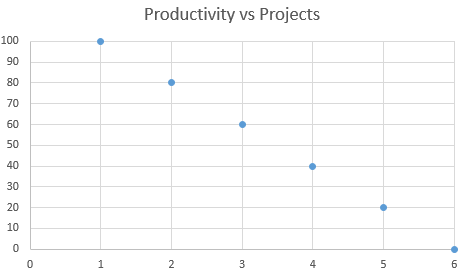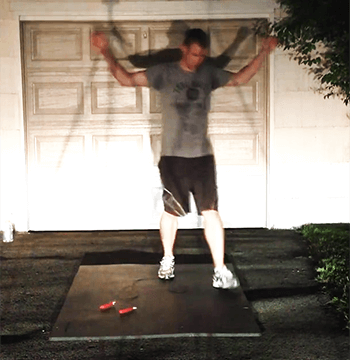Use This Simple Strategy to Guarantee You Become a “Finisher”

So a few weeks ago I was out in Denver, Colorado (beautiful in October by the way) attending a couple of Scrum Alliance training courses.
If you’re not familiar with the Scrum Alliance, it’s a professional organization similar to the Project Management Institute, however Scrum is more focused towards software development.
Anyway, I was learning all about Agile Scrum, which, in a nutshell, is a project management process geared towards increasing productivity among teams.
While you yourself may not be on a team with some of the life goals you hope to achieve, many of the lessons still apply.
Throughout the four days I was there, one thing kept coming up over and over. It’s one of those things that we all think we know, but we have a lot of trouble doing.
Admittedly, even I make this mistake this from time to time.
It’s one of the primary reasons that so many people have trouble finishing projects, and there’s a very simple solution.
Stop Starting, Start Finishing
What is the mistake you ask…?
Trying to do too many things at once, and almost everyone is guilty.
Now when I say this, one word comes to mind – “multitasking,” but that’s not all I’m talking about here.
When most people think of multitasking, they think of smaller tasks.
- Checking emails while talking on the phone.
- Crunching numbers in a spreadsheet while talking to a colleague.
- Walking and chewing gum.
Well, maybe not so much that last one.
It’s no secret that it’s difficult to focus on two mentally taxing tasks at simultaneously, but in typical Academy Success fashion, I want you to think bigger than that.
Being a finisher, I mean someone who really gets things done and leaves no important project unfinished, is significantly affected by the number of projects you have in motion at the same time.
Consider this chart for example.
Productivity vs Projects

The x-axis shows “projects in motion” and the y-axis shows level of productivity.
As the number of projects you have in motion grows, research by the Scrum Alliance shows that you become decreasingly productive, by about 20% per project.
By the time you have six projects in motion simultaneously, you are basically just spinning your wheels.
This loss in productivity is due to loss of focus, piling up of switching costs between tasks, too much mental clutter, cognitive overwhelm, etc, all of which are covered in more detail in my Output Overdrive course.
Now you might say, “but if I am doing two projects, doesn’t my productivity double?”
Well it sounds right, but actually no, because now instead of focusing your efforts on a single project, you are splitting the same set of resources between two projects and experiencing productivity leaks as you swap back and forth between each one.
Additionally, as you start more projects, each one becomes less important and far more difficult to focus on.
It’s the same situation with three projects, four, five, and so on.
Only if you add more resources to the equation (outsourcing for example) can you increase your productivity capacity, all other things equal.
Why This is Such a Huge Problem
The point is, this is a huge problem in the world of getting things done, especially for us “high achievers” who like to try to get a lot of things done in our lives – because we often times equate number projects in motion with getting things done – leading us to try to do way too many things at once.
But as you can see from the graph above, just the opposite is true.
If you really want to be as productive as possible, focus your efforts on one or two projects.
Put the bulk of your resources towards a primary project that is very important to you, then use another project to fill in the time gaps while you have downtime with your primary project.
This will keep you from getting distracted with “shiny object syndrome,” minimize switching costs, reduce your mental clutter, and probably most importantly, nearly eliminate your risk of becoming overwhelmed – which is an extremely real threat to every project on your list.
Your result will be getting highly important projects done much faster and more accurately, so you can deliver their value to your life that much quicker.
Hence the saying, “Stop Starting, Start Finishing” – remember that, and remember to share if it helps you.
Your Call to Action
So how do you put all of this stuff to use?
First, I’d like you to round up the unfinished projects in your life right now and take note of them.
Why did you stop with those projects?
Were they too boring? Not important?
Odds are, it’s because something else came up that got in the way, and you just never got back around to finishing the project.
What I’d like you do to next is forgive yourself so you can move forward and make progress with things you need to finish.
Now, choose one primary project you’d like focus your efforts on. This is something that should be really important to you, but also achievable.
Next, choose a secondary project as something you can use for filler in your downtime.
Focus on these two projects only until the primary project is completed, then let the secondary project become your primary project, and repeat until all of your unfinished projects are completed.
Finally, when you feel yourself wanting to begin a shiny new project, remember it will come with a cost.
Stop Starting. Start Finishing.





